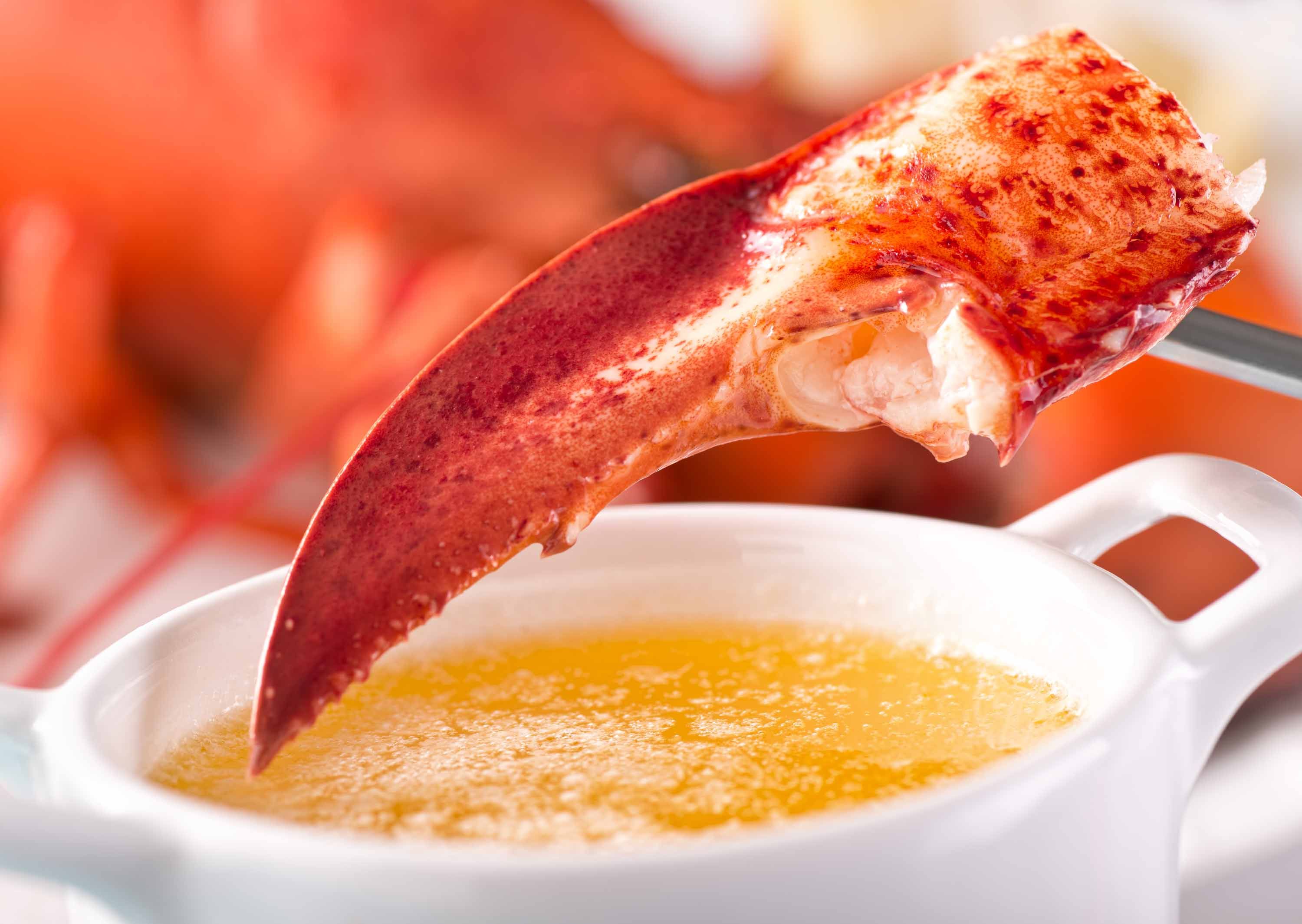Cooking lobster claws is a simple process that requires a few steps to ensure they are cooked to perfection. Here are some tips on the best way to cook lobster claws:
- Firstly, start by thawing the frozen lobster claws. You can do this by placing them in the refrigerator overnight or by soaking them in cold water for about 30 minutes.
- Once the lobster claws are thawed, prepare a large pot of salted water. Add enough salt to make the water taste like seawater, as this enhances the flavor of the lobster.
- Bring the pot of water to a rolling boil. Make sure there is enough water to completely submerge the lobster claws.
- Carefully lower the lobster claws into the boiling water using tongs to avoid any splashes or burns. Cook for about 6-8 minutes per pound of lobster claws. For example, if you have 2 pounds of lobster claws, cook them for approximately 12-16 minutes.
- While the lobster claws are cooking, prepare an ice bath by filling a large bowl with cold water and adding ice cubes. This will stop the cooking process and help the meat retain its tenderness.
- After the recommended cooking time has passed, remove the lobster claws from the boiling water and immediately transfer them to the ice bath. Let them sit in the ice bath for about 5 minutes to cool down completely.
- Once the lobster claws have cooled, remove them from the ice bath and pat them dry with a kitchen towel or paper towels.
- Now you can crack open the lobster claws to access the meat. Use a lobster cracker or a pair of kitchen shears to crack the shells. Gently break the shells without crushing the meat inside.
- Serve the cooked lobster claws with melted butter, lemon wedges, and any desired seasonings or sauces.
Remember to handle the lobster claws with caution as the shells can be sharp. Additionally, overcooking the lobster claws can result in tough and rubbery meat, so pay attention to the recommended cooking times.
Now you're ready to enjoy deliciously cooked lobster claws!
Can lobster claws be microwaved?
Yes, lobster claws can be microwaved. However, it is important to note that microwaving lobster claws can cause them to become tough and chewy. It is generally recommended to cook lobster claws using other methods such as boiling, steaming, or grilling to ensure a better texture and flavor.
